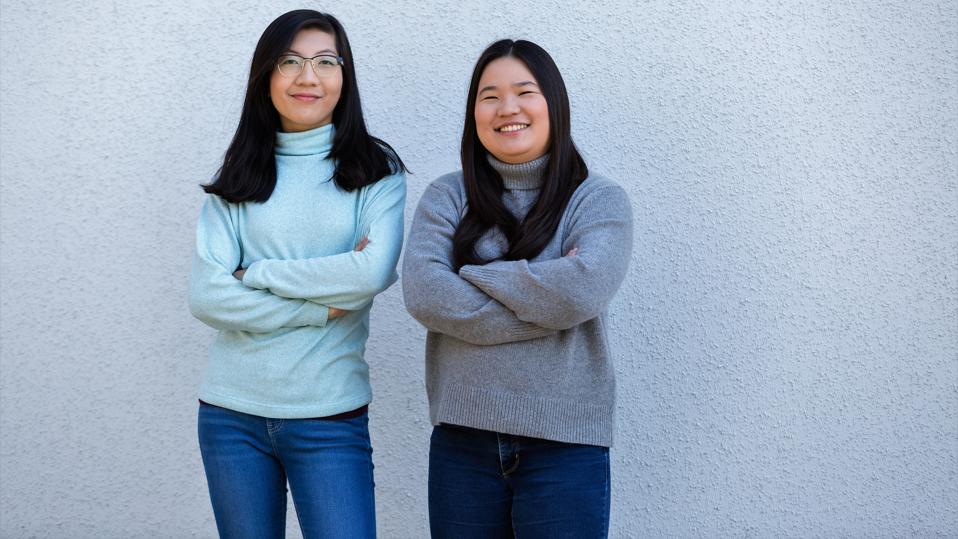Novoloop Upgrades Common Plastic Waste Into XIRC, A Good-As-New Performance Material

Novoloop’s high-performance TPU, XIRC, is highly elastic.
Jennifer Leahy
A California company says it’s developed the world’s first thermoplastic polyurethane made from post-consumer polyethylene waste. The stuff has mechanical performance properties comparable to commercial, virgin-grade thermoplastic polyurethane (aka TPUs). In other words, the company called Novoloop is taking things like grocery bags, food packaging, bubble wrap, shampoo containers and milk jugs and turning them into a product called XIRC.
This XIRC is good news because it comes with a lower carbon footprint than virgin TPUs, an alternative to synthetic rubber and silicone found in products like shoe soles, cell phone cases, and automotive floor mats and interiors.
XIRC “remains flexible at low temperatures, exhibiting high elasticity, outstanding abrasion resistance, and superior dry and wet grip, making the product an ideal choice for footwear, sporting goods and automotive applications,” the company says in a news release.

Novoloop’s high-performance TPU, XIRC, comes in different colors and can be translucent or opaque.
Jennifer Leahy
MORE FOR YOU
Right now, Novoloop is making XIRC using household waste from San Jose and its waste processor GreenWaste Recovery Inc., along with more from a plastic processor from southern California. The polyethylene plastic is collected and sorted using existing equipment.
Novoloop CEO Miranda Wang explains that Novoloop’s technology targets the most common form of plastic waste: polyethylene, also used in most industrial functions like agricultural plastics used to grow food and that plastic film that covers pallets and construction materials.
“These plastics are mostly landfilled or incinerated today because it’s very hard to recycle them into quality products,” Wang says.
“Novoloop was founded with the vision to be the most transformational materials company by showing the world what can be done with plastic waste. We do it by inventing and providing the most useful and sustainable polymers.”
Novoloop says testing by third-party certification companies SGS and Intertek has validated that XIRC performs comparably to commercial, virgin-grade TPUs (and sometimes even better). The company says it’s working with an unnamed manufacturer to produce more XIRC to meet increasing demand.
The secret behind XIRC also is being kept under wraps. Novoloop uses a chemical process called ATOD, which stands for Accelerated Thermal Oxidative Decomposition and breaks down polyethylene into proprietary chemical building blocks.
Novoloop then harvests the building blocks and builds a material (XIRC), which Wang says is worth up to 50 times the value of the plastic waste from which it came. Wang compares the process to taking apart an undesirable LEGO structure and turning it into something cool, like a spaceship.
“XIRC can be widely used in consumer products and industrial applications … We’re already developing partnerships across the globe. Exciting product announcements are coming soon …”
In the end, the XIRC contains up to 50% post-consumer polyethylene. The manufacturing process cuts carbon emissions by 45% compared to conventional production, according to a life-cycle analysis cited by the company. XIRC also is recyclable.

Novoloop was co-founded by COO Jeanny Yao (left) and CEO Miranda Wang (right).
Jennifer Leahy
Investors backing the company, formerly known as BioCellection and founded in 2015, include TIME Ventures (the investment fund for Marc Benioff), Mistletoe, Elemental Excelerator and SOSV.
Wang says the age of oil is over: Plastic waste is the new resource. And that could change the world. Novoloop hopes to see XIRC curb the equivalent of 685 megatons of carbon dioxide emissions by 2050.
“With the exception of PET polyester, commonly seen as water bottles, no other post-consumer packaging has been recycled into high-performing products,” the CEO says.
“But what if in the future, packaging waste can actually become the material that makes the product itself?
“In the future, we can live in a world where manufacturers mine landfills and use plastic waste as the new resource, and plastics are made to stay in a cycle.”
